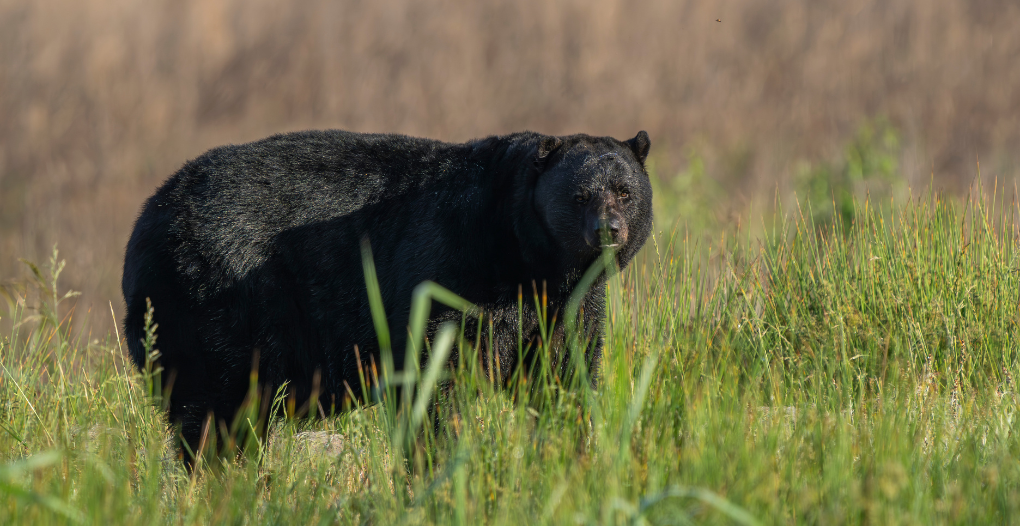The ability to track black bears is a fantastic experience, especially for those interested in bear hunting. It lets you improve your field skills and deepens your appreciation for wildlife. Learn these essential techniques and tips to enhance your bear tracking and elevate your bear hunting experience.
Understanding Black Bear Behaviour
Habitat
Black bears are in most parts of North America. They generally prefer solitary habits and can be found in almost all habitats, from forests to swamps and mountainous regions. Learning their favourite habitats is key to tracking.
Seasonal Patterns
The black bear’s activity changes with the seasons. Spring brings more foraging as bears come out of hibernation. Black bears can be found in places with large amounts of food during this period, like berries and new vegetation. Summer activity increases while bears continue feeding and putting on fat. Fall is the season of feeding in preparation for winter, so they go after high-calorie food sources as they prepare for winter denning during summer and fall. Knowing these patterns will help you predict where bears will likely be and how to track them.
Tracking Technique
Identifying Tracks
The best way to monitor black bears is to know their tracks and signs. Black bear tracks are oval-shaped, with five toes and claws visible in most tracks, with broad and rounded heel pads. Look for tracks in muddy areas and use a tracking guide to know how to distinguish a bear track from other animal tracks.
Analyzing Scat and Feeding Signs
A bear’s scat can help give necessary information on a bear’s diet and activity. Bear scat usually contains seeds, berries, or even fur. Other feeding signs indicate recent bear activities, such as rocks being turned over or uprooted plants. Observing these signs lets you determine the bear’s feeding habits and your chances of being in the bear’s range.
Using Scent and Sound
Bears have a heightened sense of smell and follow the scent of food. When following, you should observe the direction of the wind and ensure that your scent doesn’t reach the bear. Grunting or huffing by bears occurs occasionally when the bear becomes defensive or after threats, though at times when communicating with other bears. Hearing these sounds means one may get to the place where the bear is.
Gears for Tracking
Binoculars and Scopes
Good-quality binoculars and scopes can help one to observe the distant signs and tracks of bears, thus allowing them to sweep over landscapes for visual cues in searching for bears and monitor the movement of bears from a safe distance.
Tracking Tools
Having a field guide for bear tracks, a GPS device, and a notepad for recording observations is smart. A GPS device provides navigation and marking locations that interest you; a notepad will help track signs and patterns.
Safety Equipment
Safety is essential when tracking black bears. Always carry bear spray with you and make noise so you don’t have a surprise encounter with a bear. Keep a first aid kit handy and know how to handle bear situations.
Safe and Successful Black Bear Tracking
Tracking black bears requires knowledge, skill, and respect for wildlife. Any hunter or interested observer of these creatures’ majesty must follow these guidelines to be better prepared and safe while tracking black bears.

